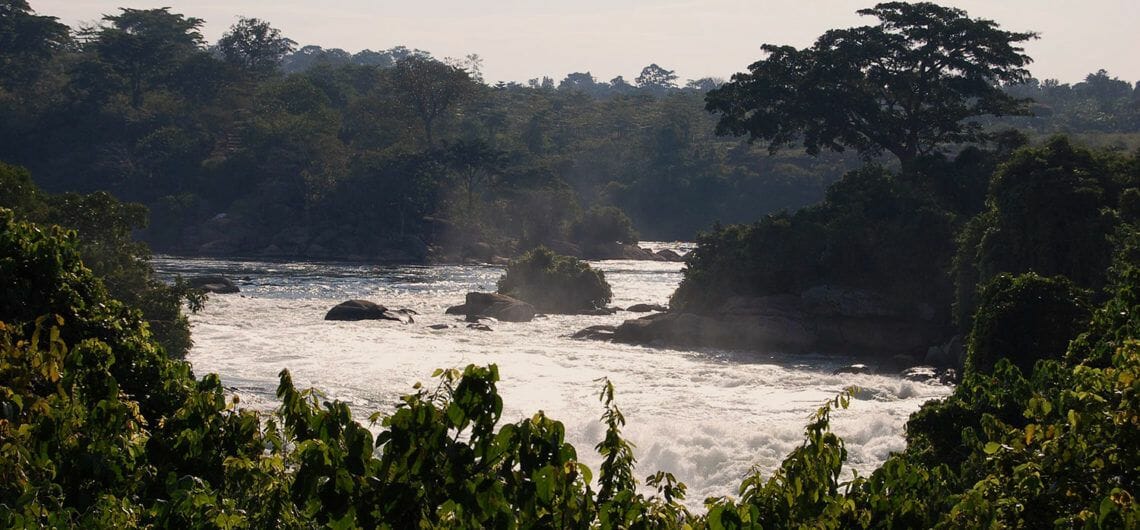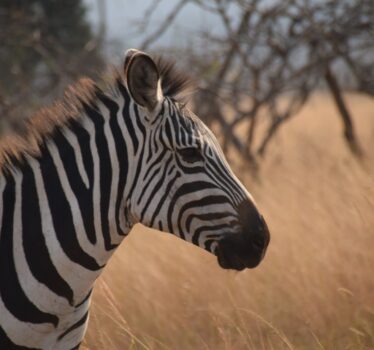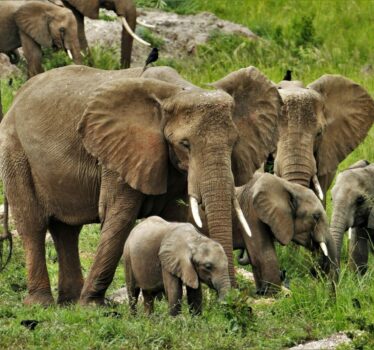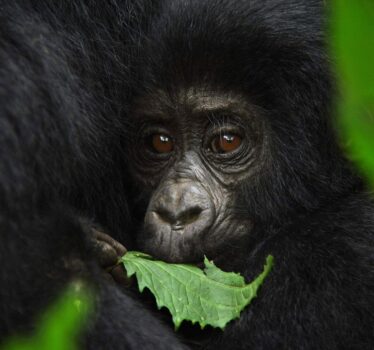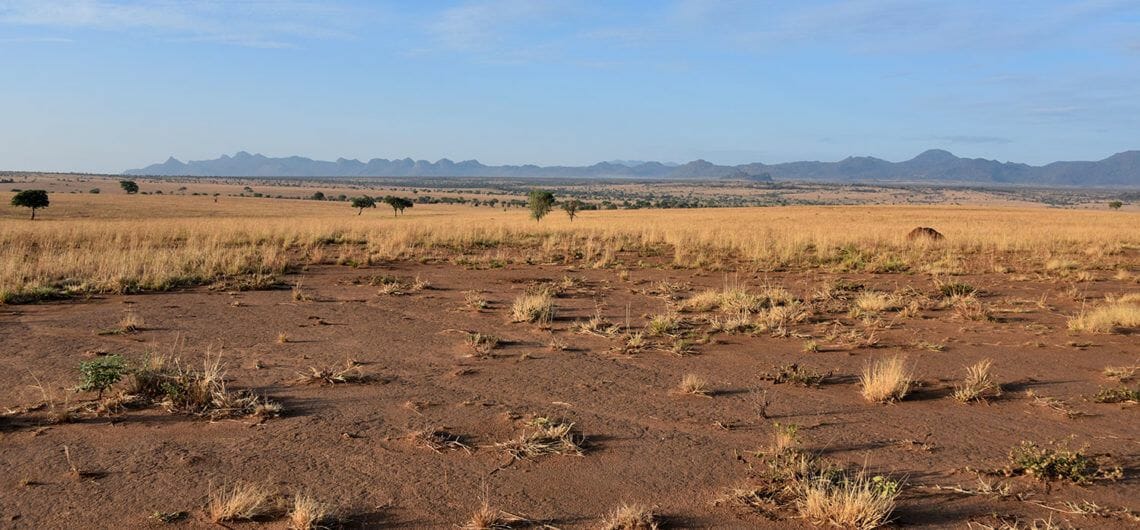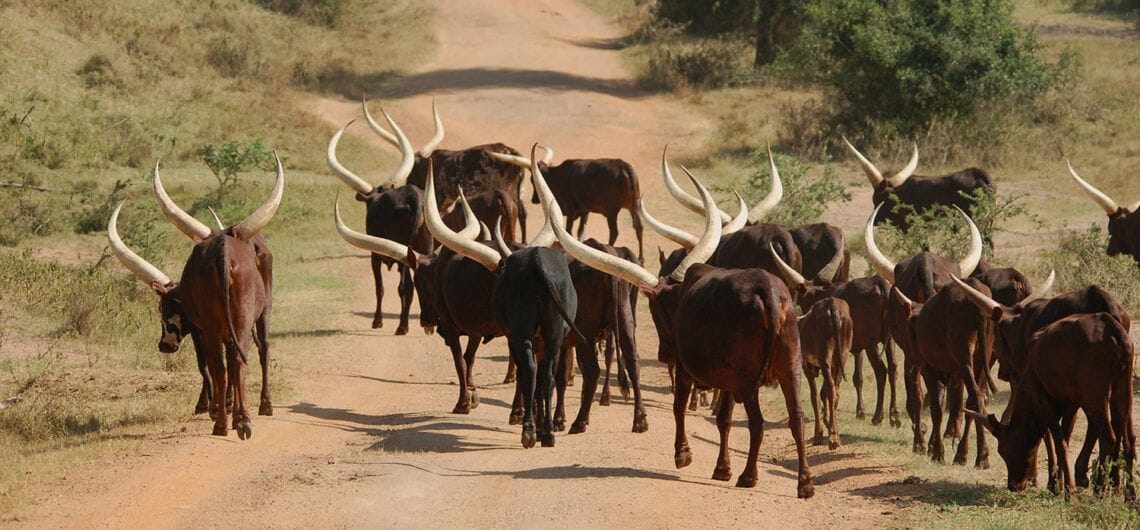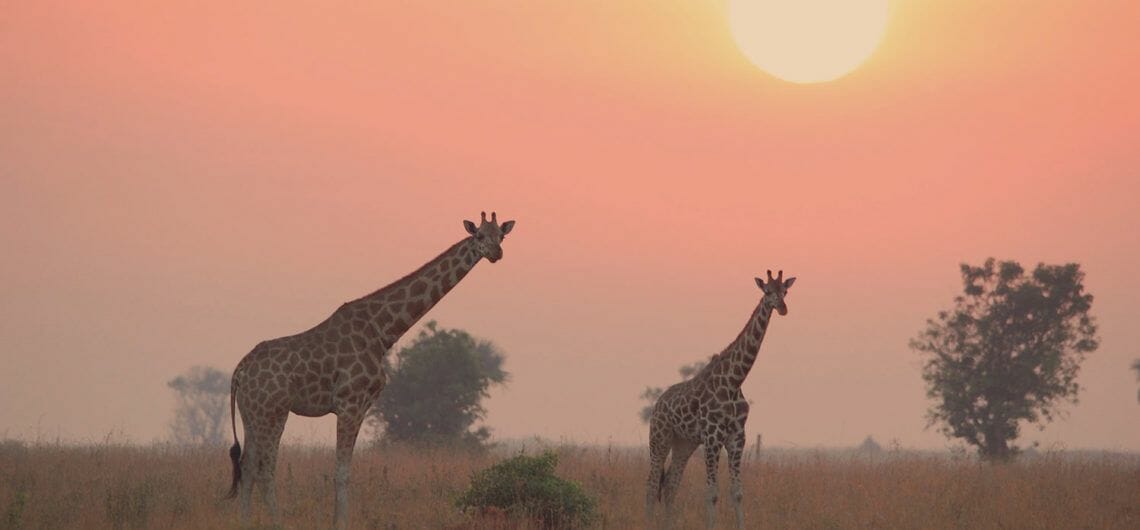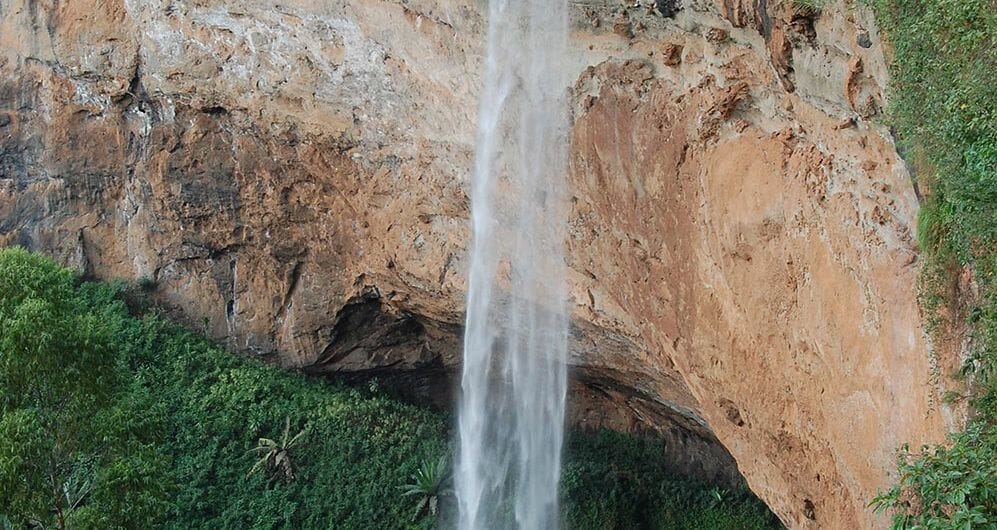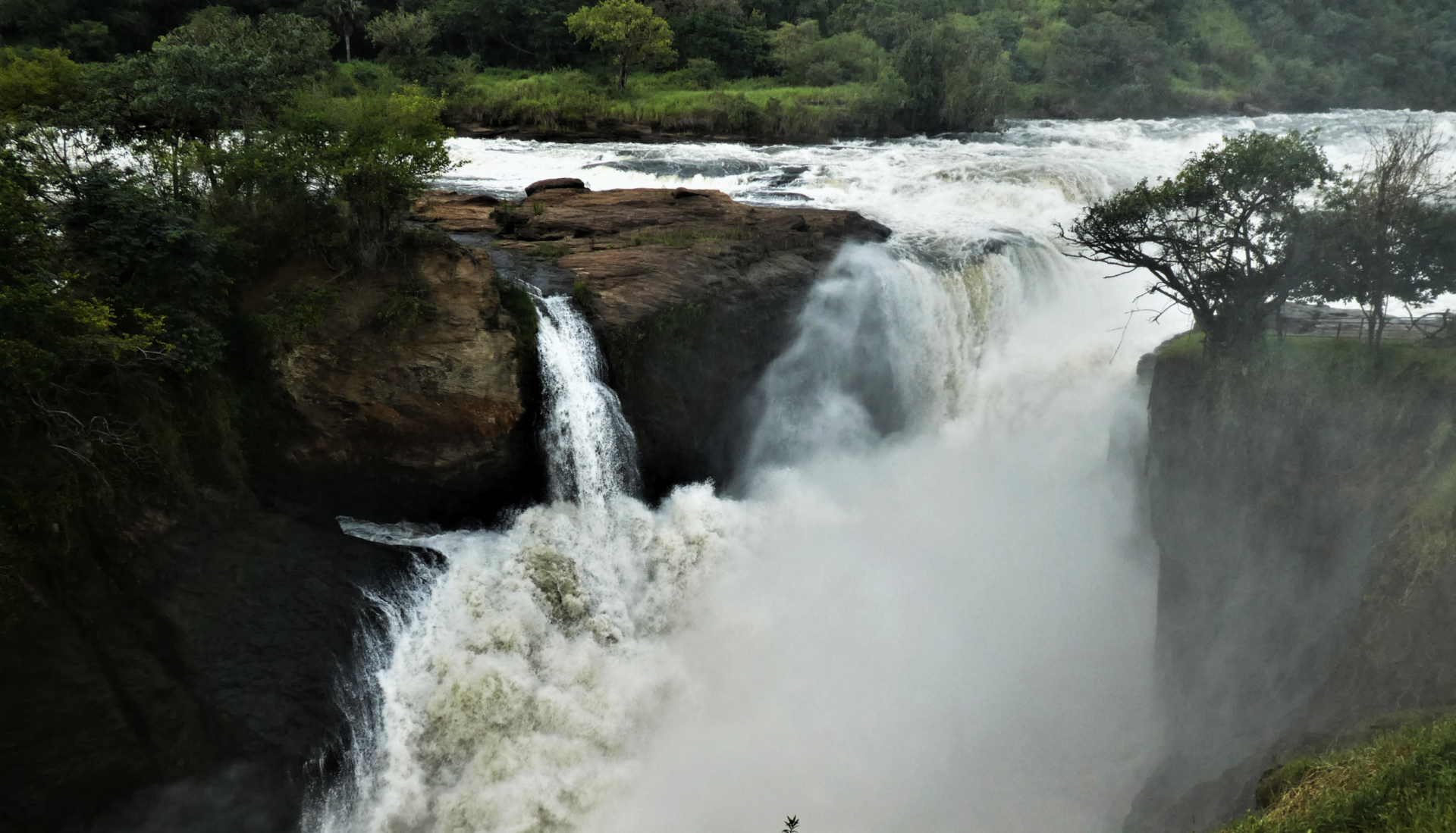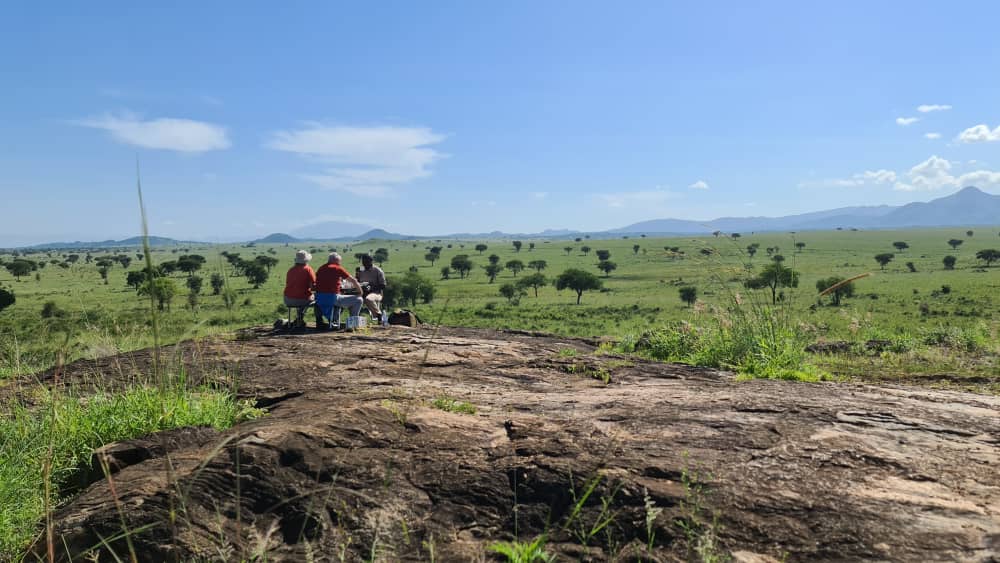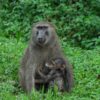Kidepo Valley National Park remains, undoubtedly, the most remote and magnificent true wilderness in Uganda. Tucked away in the north eastern corner of the country, between the borders of South Sudan and Kenya, this serene park’s isolation is part of its beauty.
The park is very much involved in conservation as it protects a wide range of rare, regionally endemic and globally threatened species of wildlife that includes: ostrich, eland, roan antelope, greater and lesser kudu, dik-dik, African wild dog, cheetah and leopard. In addition, the bat-eared fox, striped hyena, aardwolf, caracal and cheetah are unique carnivore species of the Karamoja region. The Beisa oryx, roan antelope and Bright’s gazelle have been greatly reduced in numbers as a result of poaching.
The Narus Valley is a wetland area which provides a key source of water within the park. Its pastures provide a feeding ground for grazers and a hunting ground for carnivores. This makes the valley a prime game viewing area for tourists.
The Kidepo river is seasonal, alternating between a fascinating sand bed when it’s dry and a full-flowing river after rain. It can change from one to the other within a matter of hours, especially after rain further north. The river banks are lined with borassus palms and acacia trees, giving it the feel of a desert oasis. It’s also the place to look out for the dwarf crocodiles that inhabit the park.
Species and Diversity:
At least 80 species of mammals have been recorded, 28 not known to occur in any other national park in Uganda. Among the animals to be seen here are elephants, zebra, giraffe, eland, buffalo, hyena and lions. 486 bird species also have their home here, including the flightless ostrich and Africa’s largest flying bird, the kori bustard. Karamoja apalis, Verreaux’s eagle, pygmy falcons and the Egyptian vulture can also be spotted in the park.
Size and Accessibility:
The park covers 1,442km² of the arid Karamoja region.
By Car:
Driving through the vast and unspoiled wilderness of Karamoja to reach Kidepo is an adventure in itself. However, road conditions are sometimes poor and a 4WD vehicle is essential.
There are a number of possible routes by road, but the most common is Kampala – Karuma – Gulu – Kitgum – Kidepo, a distance of just under 600km, best travelled over two days with an overnight stop in Gulu or Kitgum.
By Air:
Flights to Kidepo take about two hours. There are regular flights or charters possible. A minimum of 4 passengers is required.
Activities:
Game drives
Bird watching
Nature walks
